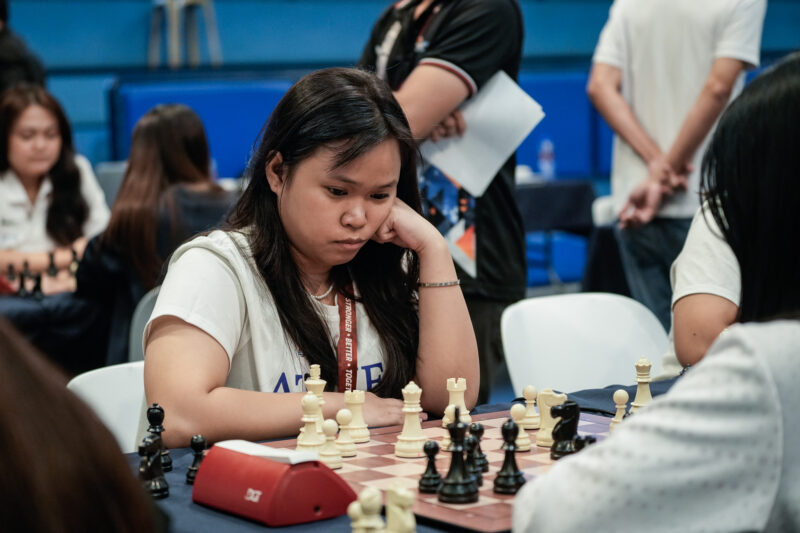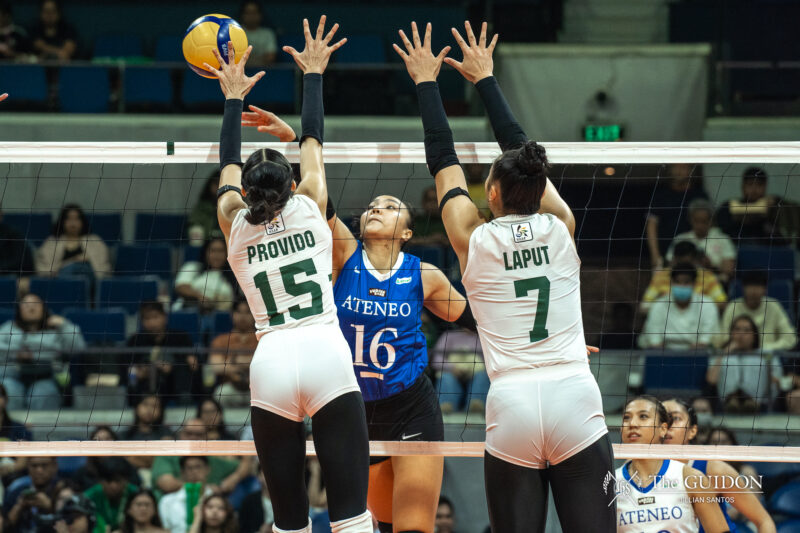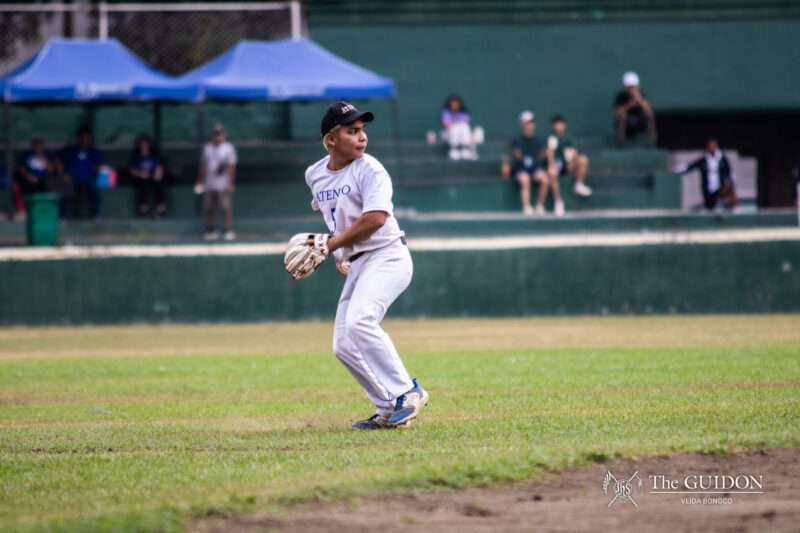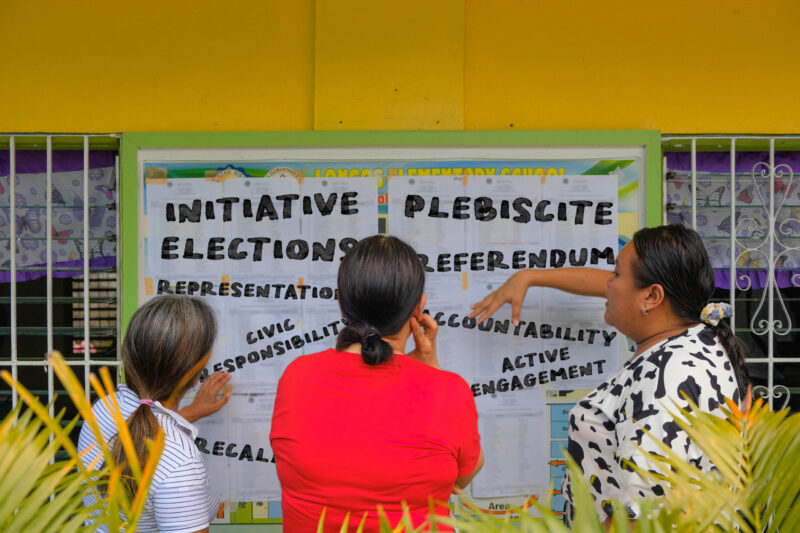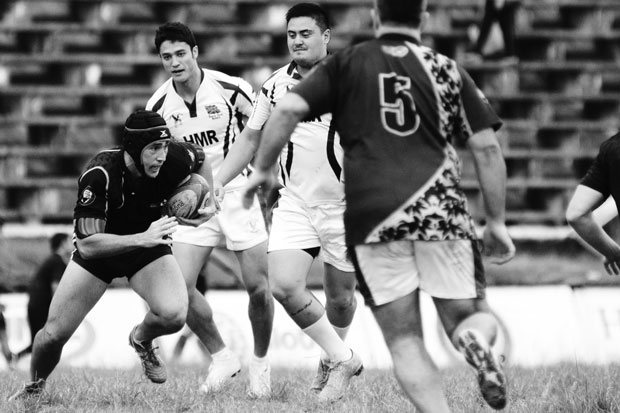
Testosterone overload. With the 2010 Rugby World Cup ongoing, the “real man’s game” has grown in popularity now more than ever. Photo by Joseph S. Angan
Before those controversial billboards along EDSA were taken down, hardly anyone was aware that the country had a national rugby team.
As it turned out, the men photographed in positions that certain politicians would later deem “provocative” were not underwear models, but members of the Philippine Volcanoes—a team that held a three-year winning streak, from 2008 to 2010.
Tackle, wrestle, tri
With last names such as Everingham, Morris and Saunders, to name a few, spectators are ready to dismiss the Volcanoes as just another team composed of attractive Filipino-foreigners (Azklas ver. 2.0 anyone?). While the sport is more popular with the British and Australians—the high school level, for example, sees international schools Brent, Faith Academy and International School Manila (ISM) compete—rugby is quickly cultivating its base in the Philippines.
“The physicality of rugby is always the selling point,” explains Paolo Loanzon, president of the Loyola Rugby Football Club. “What makes it fun is that it’s reminiscent of [a] larong pambata. It’s basically habulan or taya-tayaan, except the tagging means tackling and wrestling them to the ground, with a ball and a touchdown area.”
Other variations of the game include touch rugby, where touching with two hands suffices as a tackle, and flag rugby, where, as in flag football, a player aims at capturing the opponent’s flag.
In the country, all rugby teams are connected through the Philippine Rugby Football Union, a growing community of passionate players. “Everyone there is at least two degrees away from the Philippine Volcanoes,” shares Loanzon.
Rugby, Katipunan style
Admittedly, the local scene needs some tweaking, but inroads have been made in colleges and universities nationwide. Progress has been rather slow, and sometimes excruciatingly gradual, but that’s more than what you could say a couple of years back.
“Rugby hasn’t hit Ateneo as hard as flag football or ultimate frisbee,” Loanzon says. “It’s hit a few Ateneans, [but] that’s it. At the moment, not many people can commit to train.” Currently, the Maritime Academy of Asia and the Pacific is the only school that maintains a college-level team, while the University of the Philippines (UP) Diliman has a touch rugby club.
Being full-contact in nature, rugby is a sport not all people can take part in as much as they’d like. Unlike American Football, rugby requires a higher tolerance for pain due in large part to the physicality of the game and the fact that play occurs sans any armor, helmets and padding.
Owing to this demanding requirement, touch rugby was developed as a drill so that players wouldn’t have to take the game’s full toll on their bodies during practice. It’s played like rugby, but each play is called to a halt as soon as a defender touches the ball handler. This brand of rugby—though it may seem “soft” to others—has been thriving in UP Diliman for quite some time now.
Anyone’s game
As UP’s Coach Rey Gigataras would describe it, touch rugby is, first and foremost, a social sport. Throw all the toughness and brutality out the window, and it’s really all about having the time of your life. There are no medals to be won, no adversaries to pummel into the ground, no pigskin to steal—just fun to be had, cliché as it may sound.
Unlike full-contact rugby, touch rugby can be played by anyone regardless of gender, age or any other supposedly limiting factor. Its shallow learning curve helps a lot as well, as one must simply know how to pass, catch and run.
However, even if touch rugby is devoid of full-contact’s rough play, one must still be in tip-top shape in order to stay on the field for long. With multiple changes of directions and incessant running forward and backward, this sport is not to be taken lightly at all. Agility is the name of the game, and whoever possesses the nimblest of feet and displays the cleverest of twists and turns will almost always come out on top.
“What’s funny is that more than half of those interested are girls—girly girls,” Loanzon says. “But you can’t have a team with, [for instance], five girls and three guys.” Usually requiring fifteen players on each side, the sport does not allow girls to play in the male division and vice versa because of its decidedly rough nature.
Slowly but surely
The emergence of touch rugby in the Philippines can be attributed to the Nomad Sports Club in Paranaque in the early ‘90s, with the Alabang Eagles Rugby Club soon following. The game’s biggest step forward took place when ISM, Brent and Faith Academy sent their women’s teams to participate in the country’s first ever rugby meet in 2002.
Since then, numerous clubs have been forming all over the Philippines, ranging from Alabang, Paranaque, Diliman and even Cebu. The sport is slowly but steadily growing at a rate a little enthusiasm can help increase.
“[There is] a very bright future for the sport as it is, physically, very well suited for Filipinos. Quite a number of sports make this claim, but with touch [rugby] this is true because physical height or size is not essential,” says Coach Gigataras, who also happens to be the Chief Executive Officer of Touch Football Pilipinas. “The greatest assets needed for the sport of touch are agility, hand-eye coordination and speed.”
Loanzon concurs, “You learn to appreciate and respect the fragility of your body as well as your opponent’s. At the same time, it fosters trust among your teammates. It’s a complete, intense sport.”
Whether it’s the added surge of adrenaline you seek, the thrill of learning something new or the opportunity to make a couple of friends, rugby (the sport, of course) will cater to all but the most unadventurous palate. The sport is young, but there is no better time to get involved.
With growing rugby communities in Ateneo and nearby UP Diliman, the “real man’s game” is here for good. Now, get off your seat and do your gluteus maximus—tired from all those hours in front of a computer screen, no doubt—a favor by getting out there and having the time of your life.
What do you think about this story? Send your comments and suggestions here: tgdn.co/2ZqqodZ

